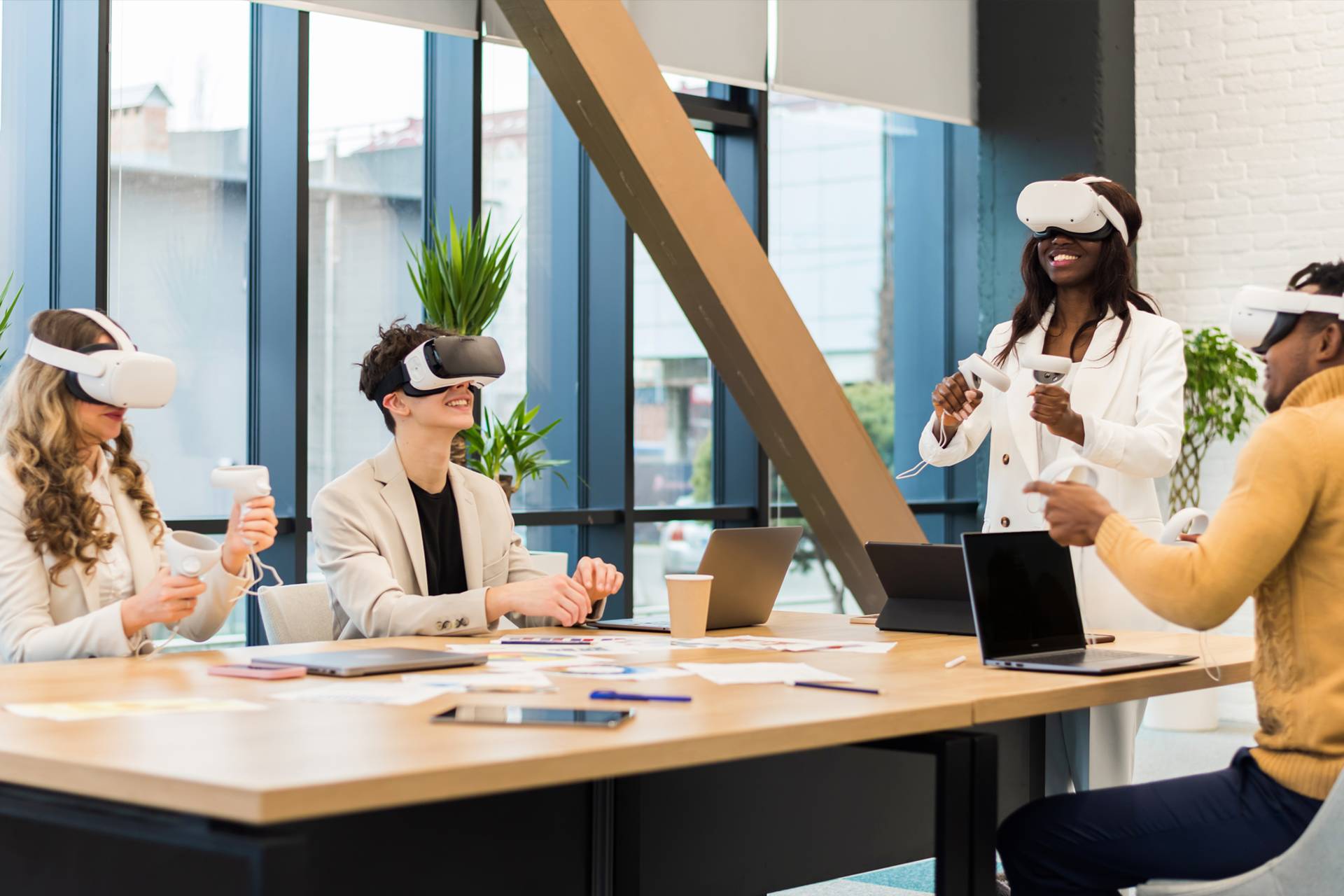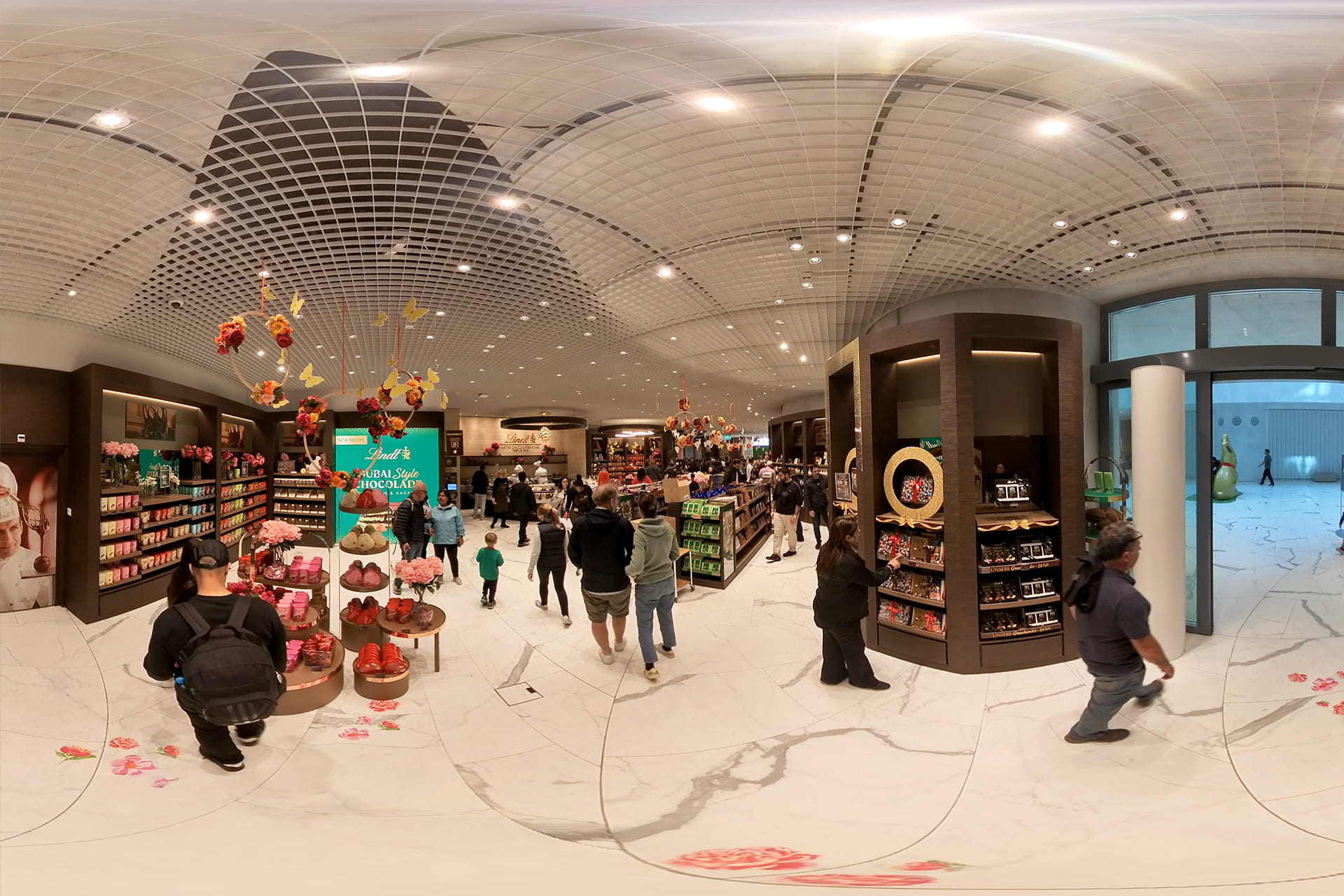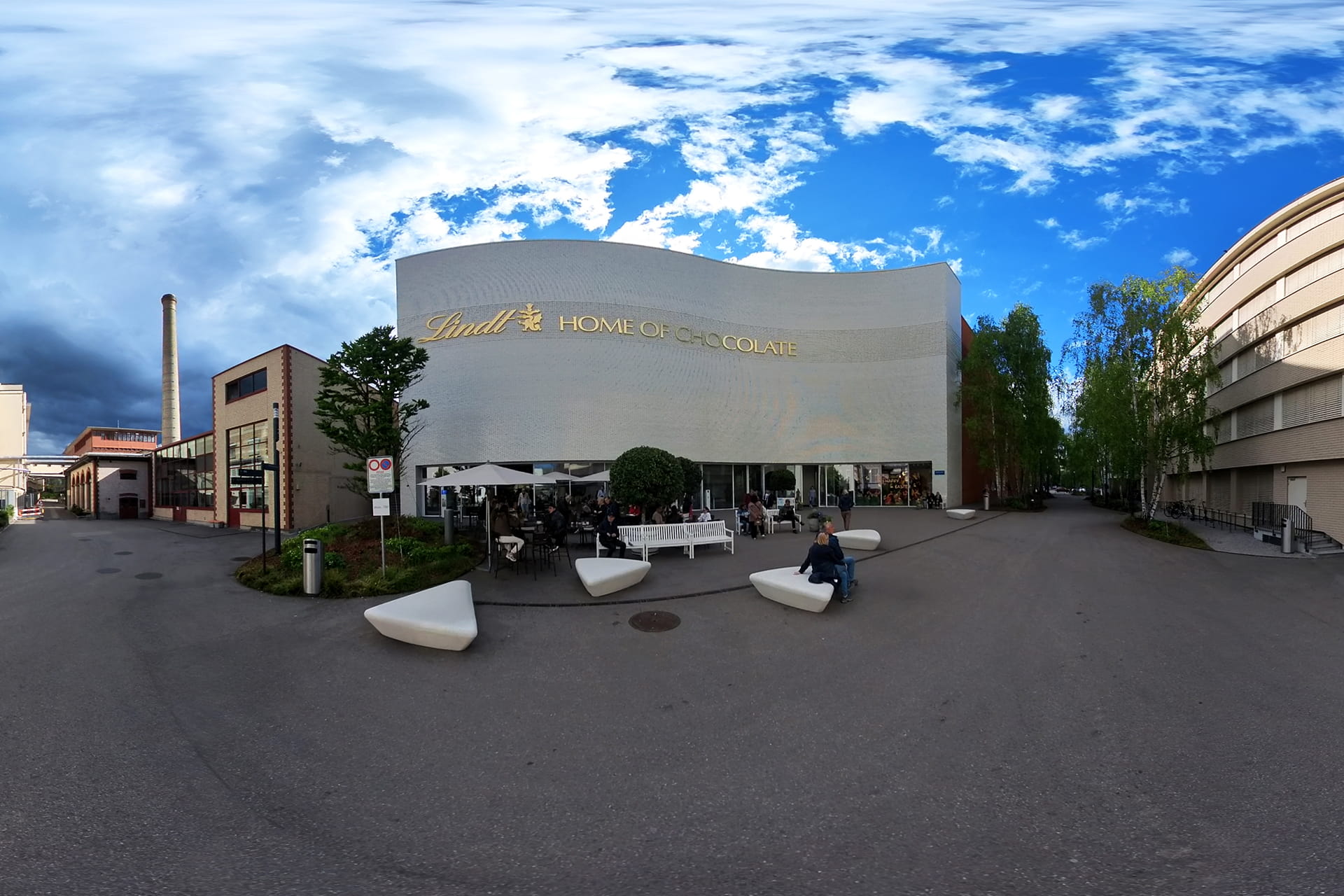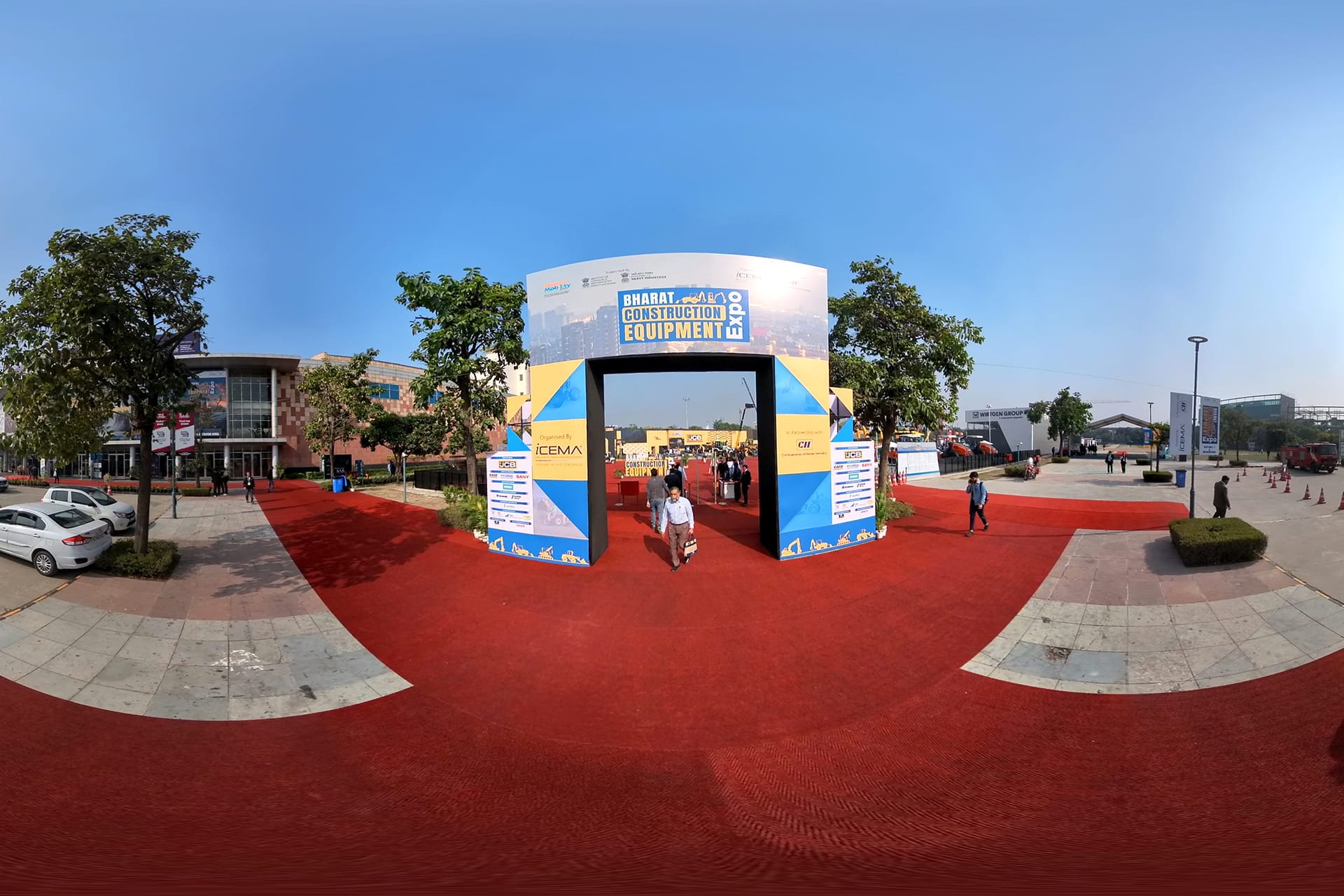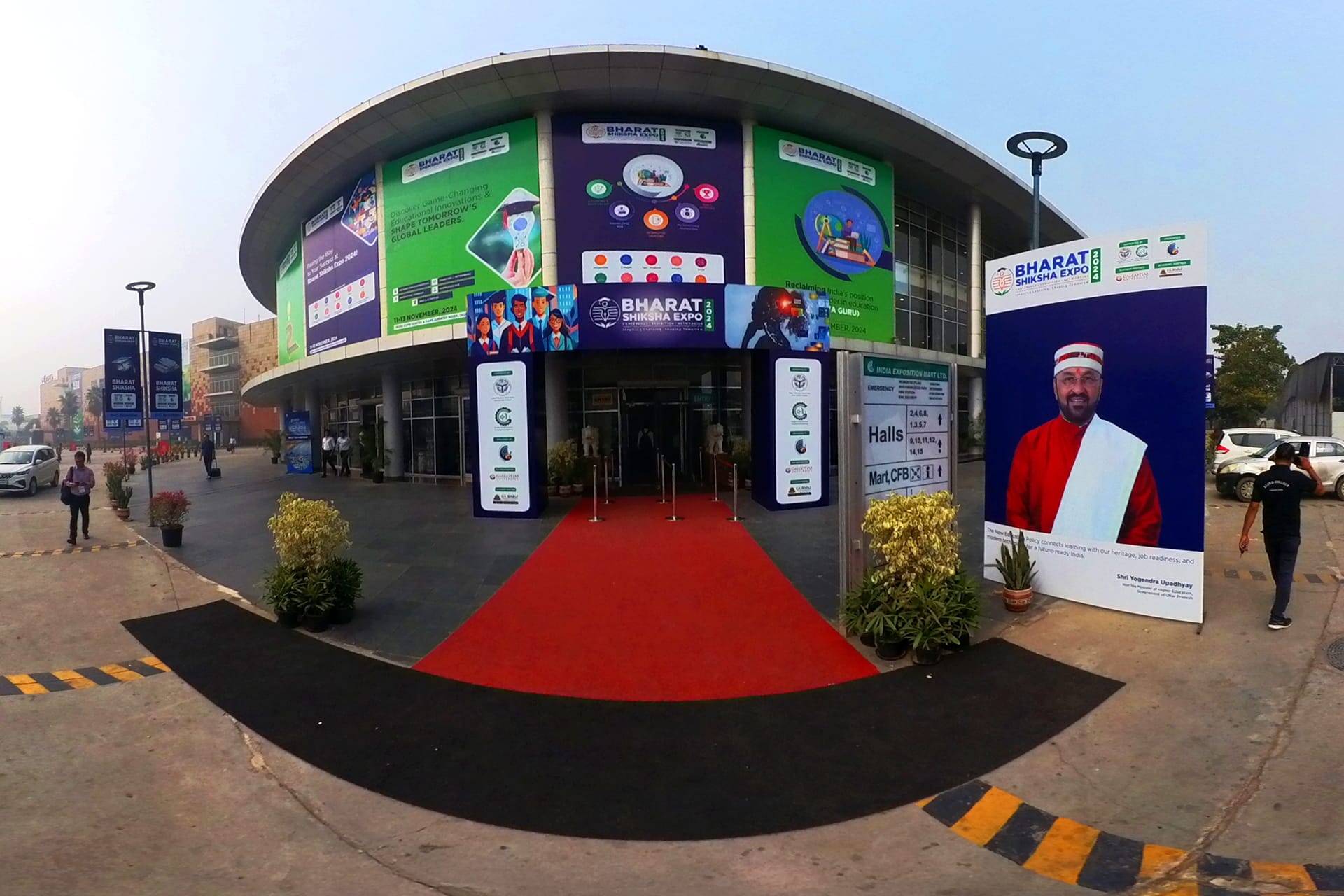Revolutionizing Learning: Unveiling 20 Benefits of AR and VR in Training and Development
In the realm of professional development and skill enhancement, the integration of Augmented Reality (AR) and Virtual Reality (VR) is reshaping traditional training methods. These immersive technologies hold immense potential for creating engaging and effective learning experiences. Let's explore the 20 significant benefits that AR and VR bring to the forefront of training and development.
- Immersive Simulations:
AR and VR create realistic simulations, allowing trainees to immerse themselves in lifelike scenarios, enhancing practical learning. - Enhanced Retention:
The immersive nature of AR and VR experiences leads to higher information retention rates compared to traditional training methods. - Safe Environment for Hazardous Training:
VR simulations provide a safe and controlled environment for training in hazardous situations, such as emergency response or industrial settings. - Interactive Learning Modules:
AR and VR enable the creation of interactive modules, making training more engaging and conducive to active participation. - Remote Training Opportunities:
VR facilitates remote training sessions, enabling participants to engage in immersive learning experiences from different locations. - Personalized Learning Paths:
AR and VR platforms can adapt to individual learning styles, offering personalized training paths tailored to the needs of each trainee. - Cost-effective Training Solutions:
Virtual training reduces the need for physical resources, travel, and equipment, resulting in cost-effective training solutions. - Realistic Equipment Handling:
VR simulations allow trainees to practice handling equipment in a realistic virtual environment, improving hands-on skills. - Scenario-based Problem Solving:
AR and VR scenarios challenge trainees to solve real-world problems, fostering critical thinking and decision-making skills. - Team Collaboration Training:
VR facilitates team-based training exercises, promoting collaboration and communication skills among participants. - Continuous Learning Opportunities:
AR and VR platforms provide continuous learning opportunities, allowing trainees to revisit and reinforce their skills as needed. - Adaptive Skill Assessment:
AR and VR systems can assess trainees' skills in real-time, providing feedback and adapting training modules based on individual performance. - Language and Cultural Training:
VR simulations offer language and cultural training experiences, preparing professionals for global interactions. - Immediate Feedback Mechanism:
AR and VR provide instant feedback on trainee performance, allowing for timely corrections and improvements. - On-the-job Training Simulations:
VR can simulate on-the-job training scenarios, allowing trainees to familiarize themselves with workplace environments and tasks. - Reduced Training Time:
Immersive learning experiences in AR and VR can accelerate the learning process, reducing the time required for training. - Increased Engagement Levels:
The interactive and immersive nature of AR and VR training keeps participants engaged throughout the learning journey. - Accessibility for Diverse Learners:
AR and VR cater to diverse learning styles, making training accessible and effective for a wide range of individuals. - Employee Empowerment:
VR training empowers employees by providing them with the skills and confidence needed to excel in their roles. - Improved Knowledge Application:
Trainees can apply knowledge gained through AR and VR training directly to their job roles, ensuring practical skill development.
Conclusion
As we witness the transformative impact of Augmented Reality and Virtual Reality on training and development, it's evident that these technologies are revolutionizing the way we acquire and apply knowledge. The 20 benefits outlined here underscore the potential of AR and VR in creating immersive, engaging, and effective training experiences.
The future of professional development is undoubtedly intertwined with the innovative possibilities that AR and VR bring to the forefront, promising a world where learning is not just informative but an immersive journey towards continuous improvement and excellence.


